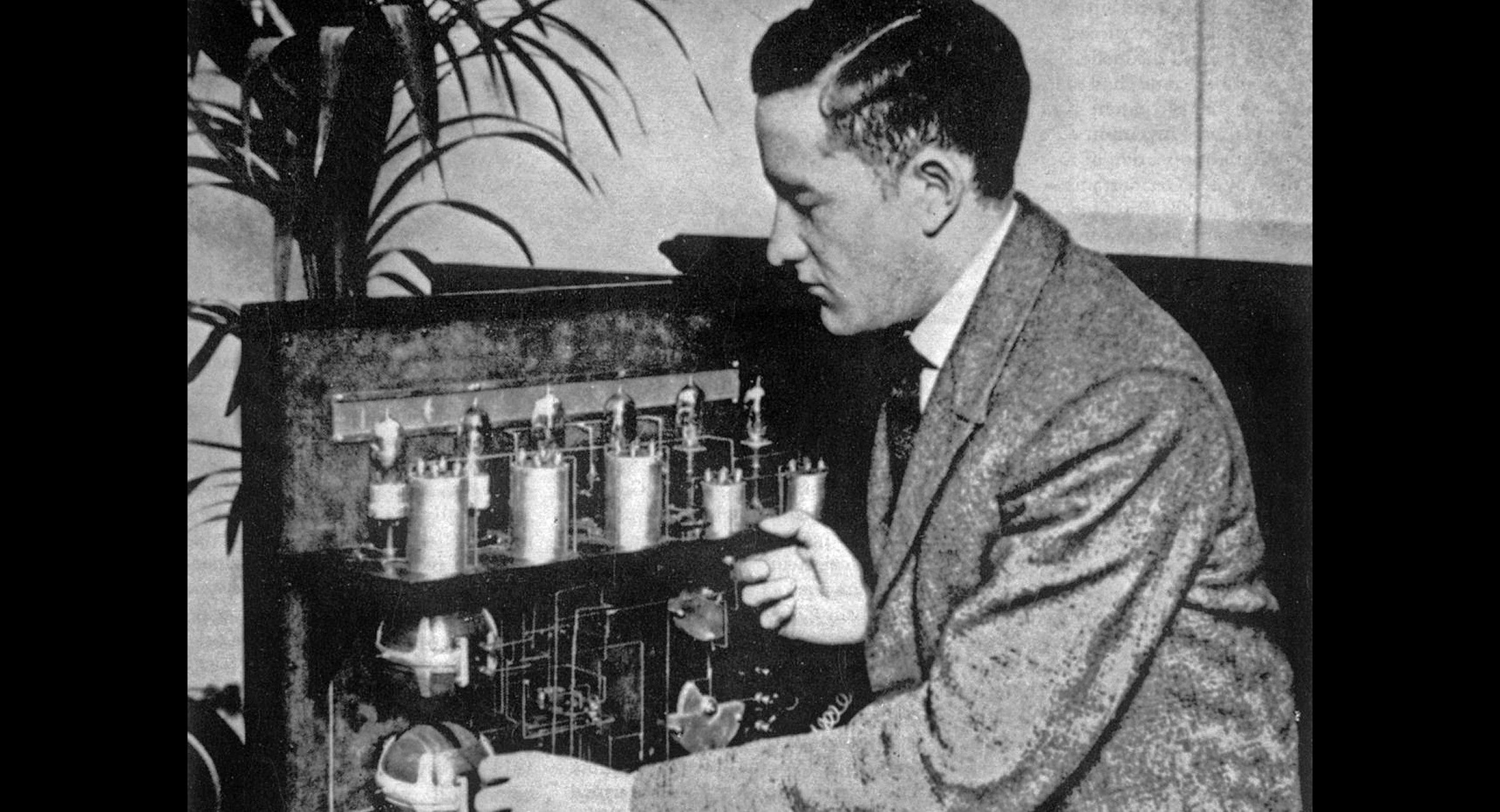Point Douglas is one of the oldest neighbourhoods in Winnipeg, the home to many an immigrant arriving via the CPR Station at its gateway. It was here that a Man Called Intrepid, Sir William Stephenson, was born January 23, 1897, to an Icelandic mother, Sarah Johnston (Gudfinna Jonsdottir), and a Scots father from the Orkney Isles, William Hunter Stanger, who worked in a flour mill. When William Stanger died in 1901, Sarah with three children and no support gave William to Bina and Kristin Stephenson to raise.
Such were the humble beginnings of a man who, at only five-feet two-inches tall, became a war hero, a giant of industry in Britain, an early developer of television, a movie studio mogul, and, the virtual father of the most sophisticated spy network in the western hemisphere. Intrepid was his Second World War codename.

As a kid, Sir William loved to box despite his small size but was still considered a bookworm. He left school early, as they did in those days, and got a job delivering telegrams. As soon as he could, he enlisted in the war effort being recorded as a bugler because he was considered too small to be a soldier. He quickly rose in the ranks, however, and by February 1918 was sent to France to become a flyer. Legends abound about his prowess in the Sopworth Camel he flew, claiming he had shot downs as many as 18 aircraft and 2 kite balloons, although it is known that he had at least 12 “victories”.

During the war, Stephenson met Gene Tunney, who would hold two world boxing championships and who married the granddaughter of a billionaire. This was just one of the network of luminaries Stephenson would add to the network that would help him in his future career as uber spy. Along the way, our Intrepid would win the featherweight championship of the Inter Allied Games at Amiens. “Everybody admired him,” said Tunney of his boxing prowess. “He was quick as a dash of lightning. He was a fast, clever featherweight… he was a fearless and quick thinker.”
A twice-decorated war hero, Stephenson returned to Winnipeg determined to make a fortune with a German can opener he had found, but although he and his partner, Charles Russell, had some early success, the company failed in the 1922 recession and Stephenson went back to England.
He immediately went back into business, this time joining up with a fellow, T. Thorne Baker, who was into photo-telegraphy. They filed the first patent in the field of what wold become television. He also started a radio manufacturing company and founded the Shepperton Studios, the world’s largest movie studios outside of Los Angeles. His Pressed Steel Company manufactured 90 per cent of the car bodies in England and he had a construction and cement company.
Stephenson married an heiress of his own, an American woman named Mary Simmons, whom he had met on board ship returning from a business trip to New York City. Even shorter than he, she made him feel very, very tall. All of this and more was part of the Stephenson adventure well before the Second World War started. Due to his business connections, though, he developed an incredible international network that would be instrumental in his success as a spymaster.
This started early. Indeed, his interest in intrigue went back to his days as a telegram delivery boy in Winnipeg when his quick eye spotted a wanted murderer, John Krafchenko who had shot and killed the Plum Coulee banker, Henry Medley Arnold, as he delivered a telegram. (The fascinating Krafchenko story is one that warrants its own book.)
This power of observation led him to discover on a business trip that the Nazis were using all their steel to make armaments and that Hitler had hived away billions to be used for the same purposes. Stephenson reported this to MI6 and eventually he got the information to Winston Churchill, not yet prime minister, but clearly a leader for the future in Stephenson’s eyes. They became friends.
When the need arose, Churchill turned to Stephenson, who had been feeding him ongoing intelligence, and arranged for him to go to New York and set up a secret British intelligence network throughout the western hemisphere. Stephenson set up shop in the British passport office, styling himself as the British Passport Control Officer, and from there he soon became close to Roosevelt, talking him into appointing “Wild Bill” Donovan to became head of the OSS, the precursor to the CIA.
Among his many initiatives and achievements, Stephenson hired hundreds of women, most of them Canadian, to assist in his efforts. He set up Camp X at Whitby Ontario, which trained up to 2,000 covert operators from 1941 to 1945. He took no salary for his efforts and paid many of the operatives out of his own pocket.
After the war, the premier of the newly minted 10th province of Canada, Joey Smallwood, employed Stephenson for a couple of years to head up the Newfoundland Labrador Corporation, but our old friend thought it should be headed by a local person. He carried on in business, setting up another corporation with Bill Donovan. He also created the World Commerce Corporation.
In 1976, William Stephenson commissioned William Stevenson to write his story. The result was A Man Called Intrepid, which was made into a 1979 movie starring David Niven. There have been many other books and films about this remarkable man and many arguments about the details of his life. Regardless, William Samuel Clouston Stanger Stephenson was one of the most interesting people of the 20th century.
He settled down in Bermuda with his wife, Mary. He died on January 3, 1989.

